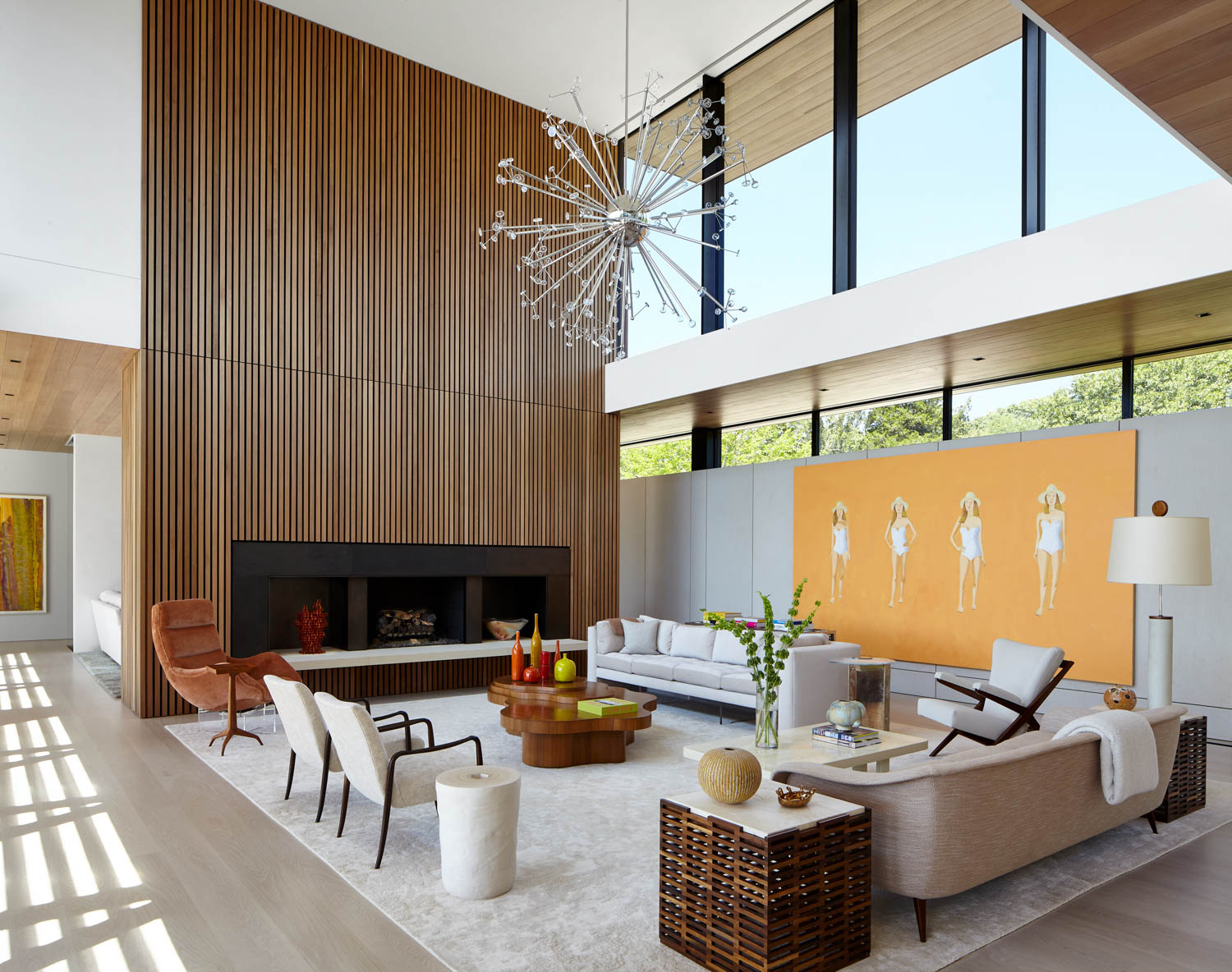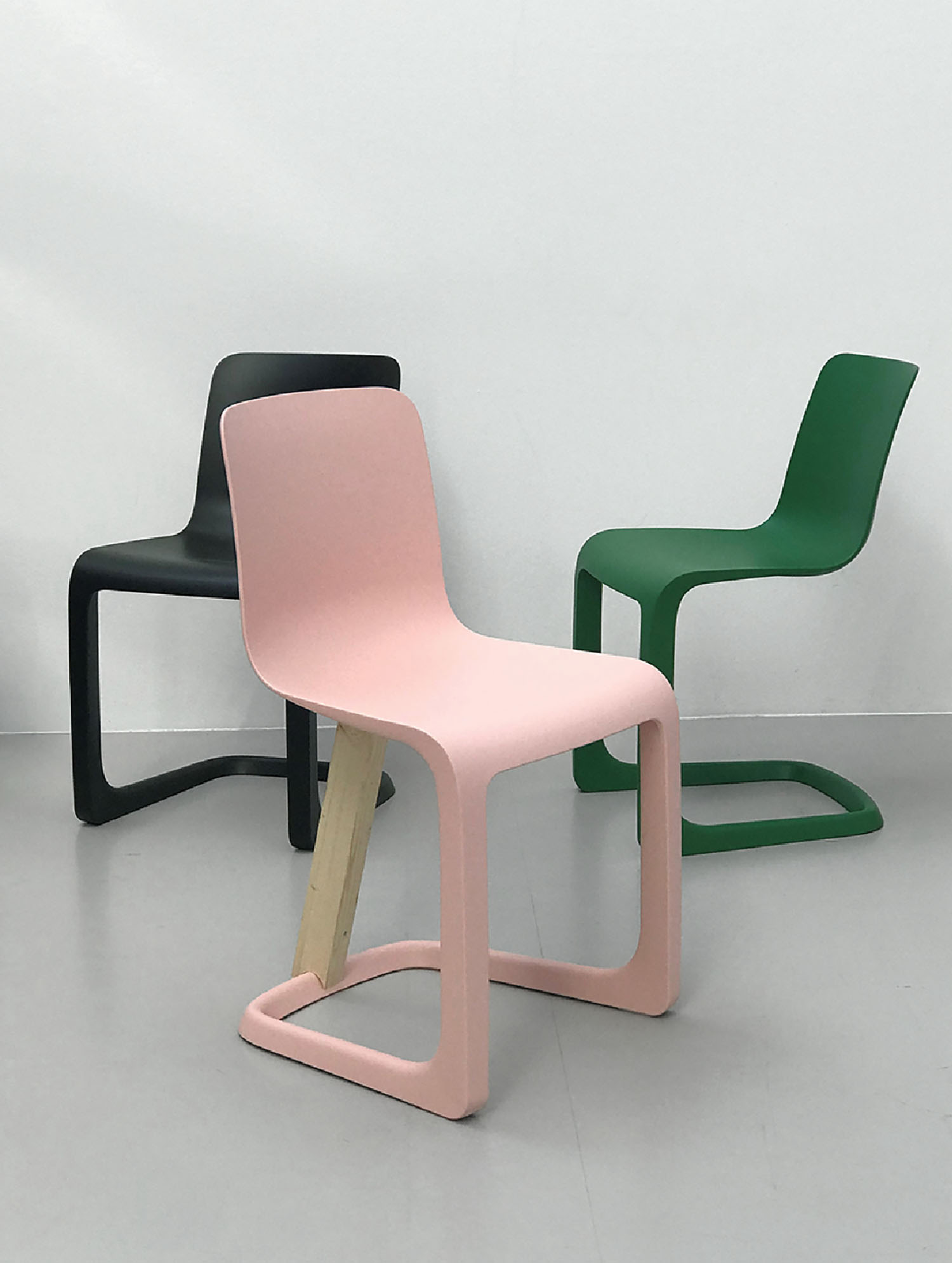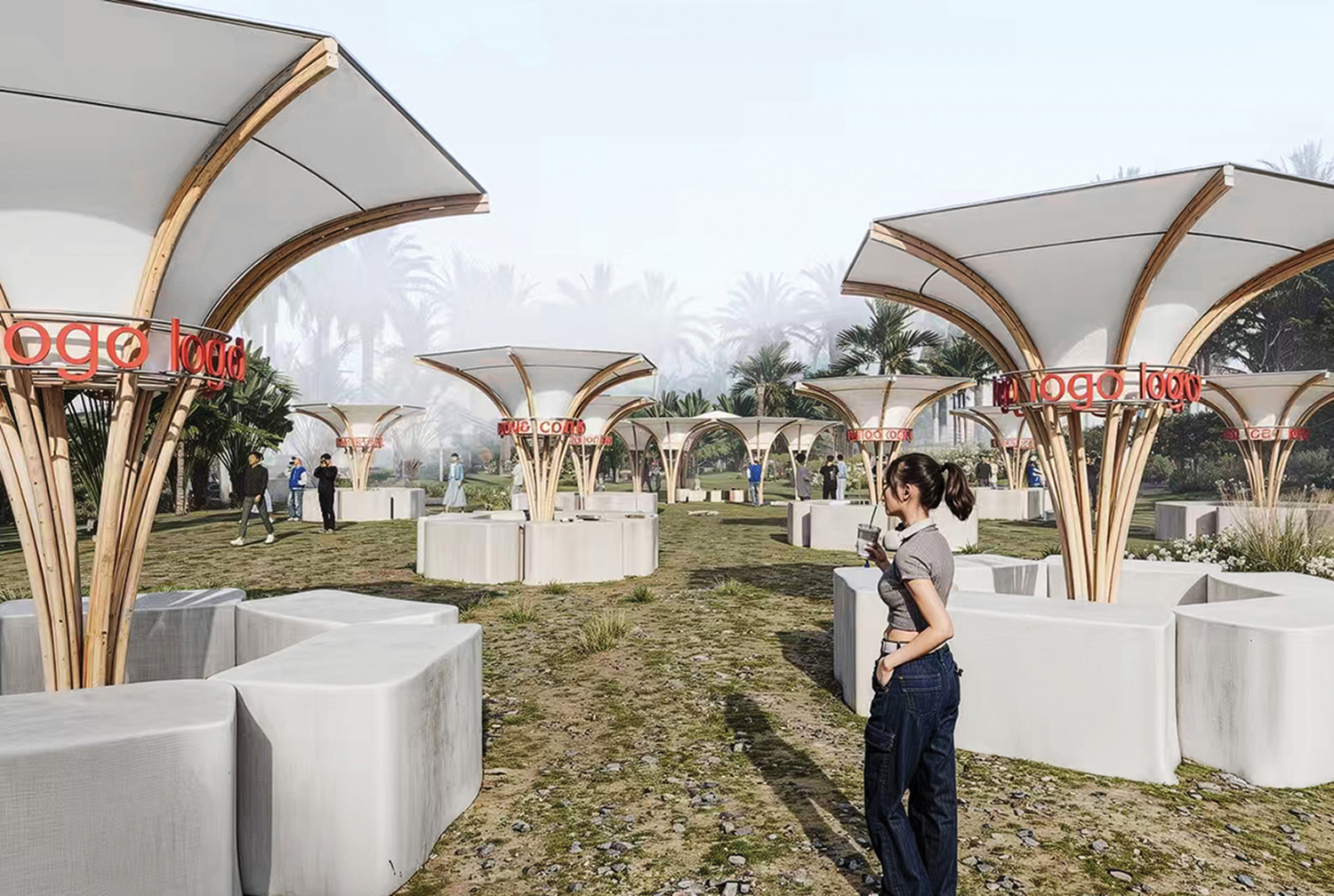10 Questions with… Thomas Fuchs
Marrying classic design principles with a decided flair for the “out there,” furniture and lighting designer Thomas Fuchs is beloved throughout the interiors world for his craftsmanship, imagination, and impeccable taste. Fuchs delivers chic twists on residential essentials with his to-the-trade lighting and home accessories company
Otium
—produced at his factory in Murano, Italy—as well as with popular tabletop collections by
Thomas Fuchs Creative
, available at
Barneys New York
,
Neiman Marcus
, and
Saks Fifth Avenue
. A graduate of
Corcoran School of the Arts
in Washington, D.C., Fuchs spent time in fine art auctions and as a private art dealer before contributing to furniture at
Quatrain
and
Donghia
before branching out on his own. Here, we get Fuchs’ take on great lighting, savvy consumers, and the skulls that changed his life.
Interior Design: You’re a big believer in “democratic design.” How is our industry affected when strong design ideas are available at all price points?
Thomas Fuchs: Without a doubt, it strengthens the industry. I’ve spent the majority of my career in the elitist area of design—museums, auction houses, and to-the-trade—which has given me the amazing opportunity to be exposed to the best international design that exists, both historically and today. I’ve also had the opportunity to work with amazing artisans and manufacturers. In Europe, democratic design has always been side by side with high design, and it has been happening for a while in the States, with more exposure and access to design information in print and on the Web. I’m very excited to be offering product at every price level. I don’t feel I’m offering anything less because the price is lower. It’s my aesthetic, not a “version” or “facsimile.” Each piece is thought out and designed based on materials, inspiration, or function—not the bottom line.
ID: How do you approach collaboration with high-end retailers, such as your work with Barneys New York?
TF: I’m a big fan of collaborations. I have at least three deals in the works right now—everything from a world-renowned European crystal company to an incredible silicone manufacturer in China. I like delving into a company’s DNA, their history, their success with materials, their product capabilities, the aesthetic that resonates in their customers’ eyes. What period was their identity cemented—the 1920s? The 19th century? Today? I take this information into my consciousness while envisioning what I’d like to bring to their current history.
ID: What are some of the endeavors that are taking your brands in new directions?
TF: The tabletop arena of products has been the latest endeavor. I’m finding it challenging and incredibly rewarding. I’m known for designing complicated
Murano glass chandeliers for residential and commercial spaces, and I love these projects, but there’s something so pure about designing a drinking glass that’s both pleasing to the eye and utilitarian enough for everyday use. In my own home, I have an incredible chandelier I created for my dining room… I love it, but I feel a little more emotionally attached to the Skull drinking glass I designed. It’s always by my side at the drawing table.

ID: How has the practice of lighting design evolved for you?
TF: Light is essential to life; without light, we would cease to exist. That’s a pretty strong statement, and it’s true. My biggest issue with lighting right now is that designers are forgetting that we need to live with the light that a source puts out. I am glad bulb manufacturers are becoming socially responsible for over-use of electricity with incandescent bulbs—even though the industry had its arm twisted by the government. But now we need to live with the awfulness of blue, artificial light. Companies like Phillips are making great strides in creating Full Spectrum bulbs that are energy efficient. In my own designs, I’m finding ways to defuse artificial light by using colored or textured glass. I’m also using more G9, MR15, and Xenon bulbs, which are more energy efficient.
ID: How essential is it for an artist such as yourself to play with convention?
TF: My background and education come from a place of convention, so I don’t see it as a bad word. But it definitely needs to be played with. With my to-the-trade company, Otium, I’m able to freely create what I am inspired by. With Thomas Fuchs Creative, my retail company, I need to be a little more conscious of conventions, because it’s a broader market. This hasn’t stopped me from doing a highly successful collection based on skeletal “remains,” which sold out seven times at multiple locations of Barneys last year. We’ve also just finished developing a barware collection based on female strippers… so I guess my answer would be to keep convention in the back of your mind but have fun, too.
ID: How does strong design impact the average person’s life?
TF: I know I’m not saving lives with my product, but it’s pretty heartfelt to move someone in a positive way when they have one of my designs. A home supplies an environment that reflects a person’s state of mind and wellbeing. If I can play a part in making that a more joyful place, I’ve done my job. I had the amazing opportunity to work with a fellow designer, John Mahoney, within the New York City government shelters used by at-risk gay, lesbian, and transgender teens. These are teens on the street that have been discarded by their families or have run away from a bad situation at home. We went into the shelter and worked closely with the staff to reconfigure the spaces, change the wall colors and fabrics, and bring in new furniture and accessories. I was overwhelmed by their appreciation of a well-designed and functioning space. This is something we in the design world sometimes forget or take for grated. A well-designed space is critical for a well-defined state of mind.
ID: What are some of the principles that are consistently present in your work?
TF: I often try to incorporate the concept of the “Golden Mean” or “Golden Ratio.” I also come from a classical design background, and try to bring this refinement to my work. I find I can be edgy and whimsical, yet in a refined manner, and it doesn’t have to be either-or.
ID: Today’s design consumer is savvier and better informed than ever before. Do you consider this a good thing?
TF: There’s nothing more exciting then a well-informed client, especially when we’re doing bespoke pieces. You want them to be aware of handmade craftsmanship, materials, and the historical importance of the manufacturing process. I often encourage my clients to visit my factory in Murano if they find themselves in Venice on holiday.
ID: What are some of the great surprises of your career?
TF: “Surprise” is a big word. I have to admit, I still blush when someone tells me they love a design I’ve produced. It’s an admission of realizing that I’ve been given the great opportunity to create. I’ve been working with interior designers and architects for years, so when I decided to create a retail line, I came with no experience in that market. I was surprised by the encouragement and guidance my partner, Michou Mahtani, and I have received from buyers and retailers. I was also surprised to have Barneys New York, Saks Fifth Avenue, and Neiman Marcus as our first three retail clients! You might as well hit the ground running.
ID: In what ways were you inspired as a young man to become the artist and businessman you are now?
TF: I was very fortunate with the encouragement of my parents and art teachers at a very young age. By the age of ten, I had memorized the floor plan of the Metropolitan Museum of Art. Museums have always played a part in my inspiration, which is why I studied at the Corcoran School of Art—the first art museum in Washington, DC—and made the great museums of DC my playground for seven years. Business-wise, I’ve been fortunate to see opportunities at strategic points in my life and go for them. I continue to study painting and sculpture at the Art Students League of New York, as well as at School of Art and Design, and my new favorite studying destination is the Natural Gourmet Institute. We’re so fortunate in New York to have so many sources at our fingertips.


